We will tell about the choice of heating radiator depending on the material, construction, such as the heating system and other criteria.
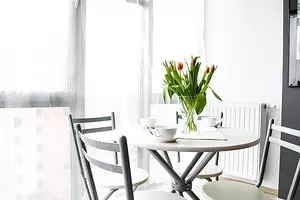
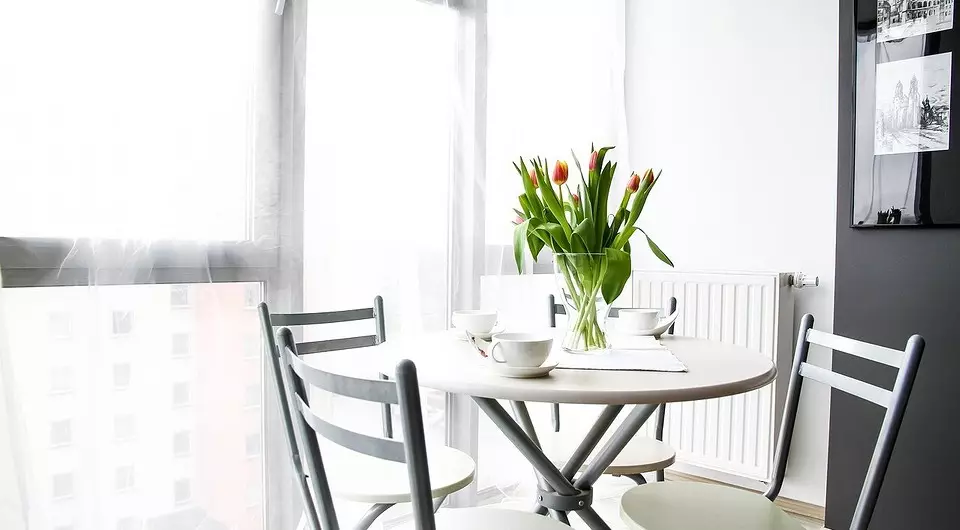
What radiators of heating to choose so that they serve for a long time, got warm and did not disassemble when buying? We'll figure out.
All about choosing heaters
Types of materialsConstructive features
Criterias of choice
- Heat Pot.
- Durability and reliability
- Connection type
Type of heating scheme
Materials of heating devices
Operational characteristics depend on material, it should be considered when choosing.
Steel heaters
A varied structures and characteristics. All steel devices possess general advantages.
- Good heat transfer. Quickly heated themselves and increase the temperature.
- Small weight. Mass relatively small, which facilitates installation and transportation.
- Long service life subject to compliance with the rules of operation.
- Strength. Can work in high pressure circuits, withstand the hydrowards.
Of the significant drawbacks, you need to know about instability before corrosion. The low quality of the coolant provokes the appearance of rust on the inside, which reduces the service life. Especially sensitive steel to alkaline solutions.
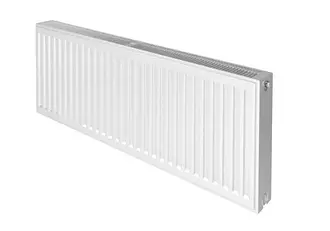
Radiator Panel Steel Stelrad Compact
It is not recommended to merge water for the summer. This activates the corrosion process, which literally in two or three years will lead the equipment into disrepair. When using heaters, it was desirable to wash them once every three years to remove accumulated slags from the system.
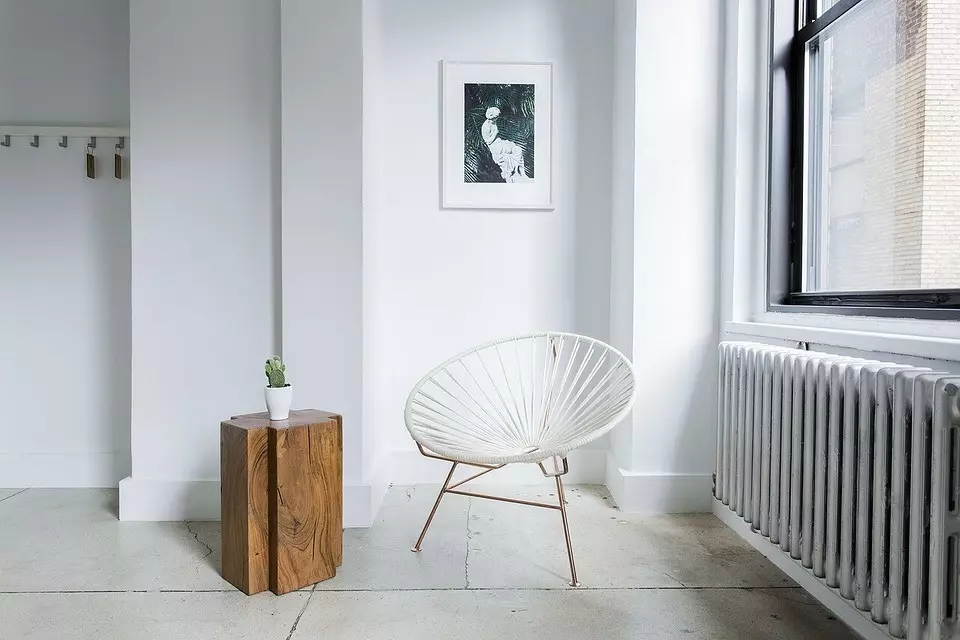
Aluminum batteries
Among the models available to the massive buyer are the most attractive externally. Their characteristics:- Low weight, so they are compact and mobile. They are easy to install.
- High heat transfer. The heating occurs very quickly, is well adjustable.
- Relatively low price.
Choose an aluminum radiator of heating, taking into account the main disadvantage - sensitivity to pressure jumps. Significant aluminum drops does not withstand and deform. In addition, only a pure coolant can circulate in the system. Even a small amount of abrasive impurities can destroy the protective layer of polymers. It provokes corrosion and output of the device.
Bimetallic equipment
The most reliable of all existing options. It is made of two metals: aluminum and steel (or copper). It is necessary to take into account when determining which bimetallic heating radiators to choose. Successfully combines the benefits of both types. Bimetal characteristics:
- Strength. Withstands increased working pressure, it is not terrible hydrowood.
- Good heat transfer. Quickly heats up, sensitively reacts to adjustments.
- Long service life, at least thirty years.
- Resistance to elevated coolant temperature. Can transport liquid 115-130s.
- Low corrosion exposure, especially for models with a core from copper or stainless steel.
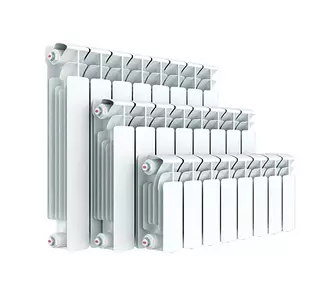
Radiator section Bimetallic Rifar Base
The main drawback is a high price. Their installation in the house, especially the large area, will increase significantly.
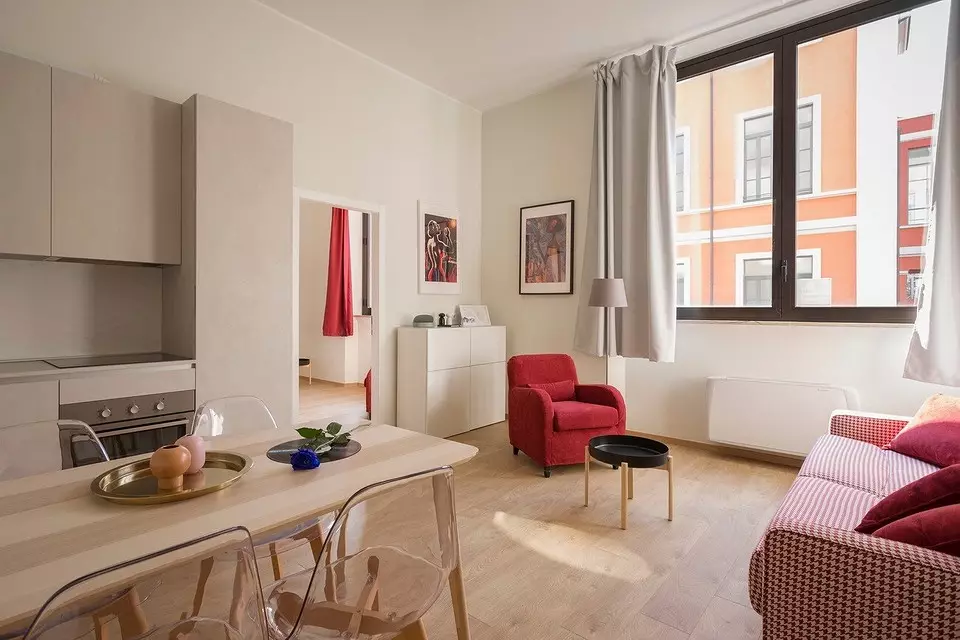
Products from cast iron
Recently, they headed the heating equipment rating. Such success was due to good characteristics.
- The ability to accumulate heat and slowly give it into the air, so the time of circulation of preheated water can be limited.
- High resistance to corrosion.
- Complete insensitivity to the composition of the coolant. Normally work even with a liquid of very low quality.
- Long operation, minimum of 40 years.
Of the disadvantages, there is a significant mass, which significantly complicates transportation and installation. Over time, contamination is accumulated inside parts, so periodic cleaning is required. Cast iron is poorly adjustable due to high inertia. It warms up for a long time and cools.
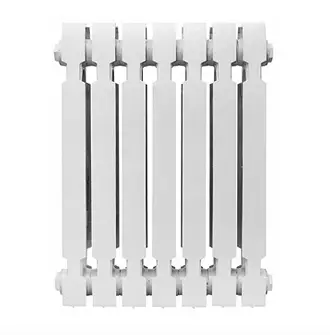
Radiator Sectional cast iron Konner Modern
Design features
Not only material, but also the structure determines how the batteries will be effective in operation.Sectional radiators
Collected from several elements sections that are connected to each other using transitional nodes. The heated area depends on their quantity.
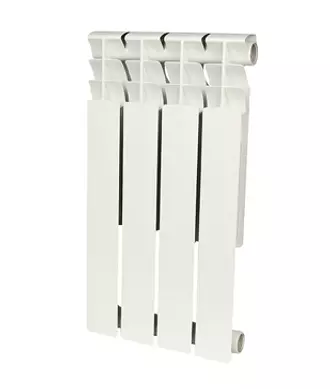
Radiator section Bimetallic Rommer Optima
The number of sections is adjustable: if necessary, additional elements are connected or removed. If some of them fails, it can be replaced. The "weak link" of the sectional system consider the sections of the connection of elements, where leaks are most often formed.
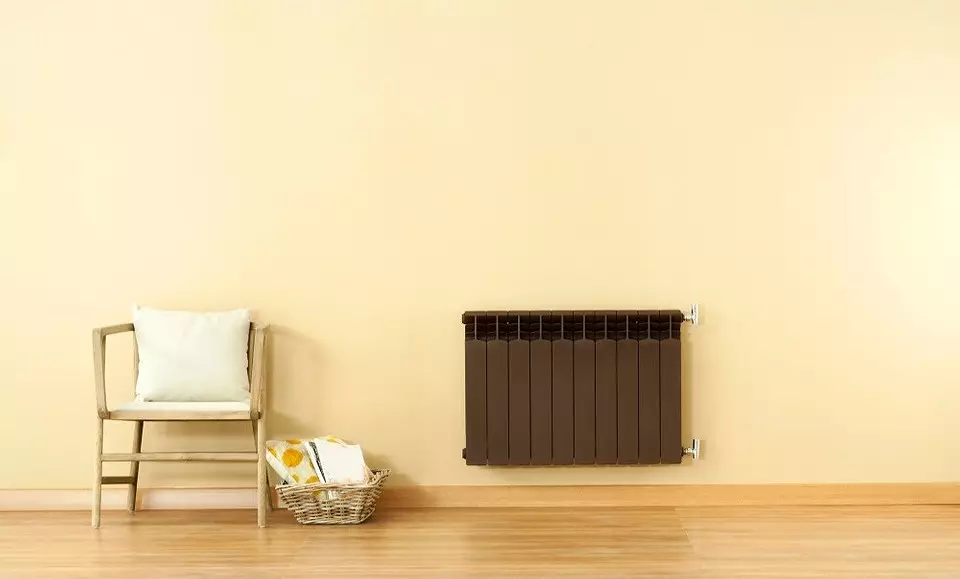
Tubular
They are distinguished by an unusual appearance, economical, well give warmly. May have a length of 0.3 to 3 m, the number of rows of the tubes reaches 9. Their form also varies: standard heaters, batteries combined with shelves, benches, etc.
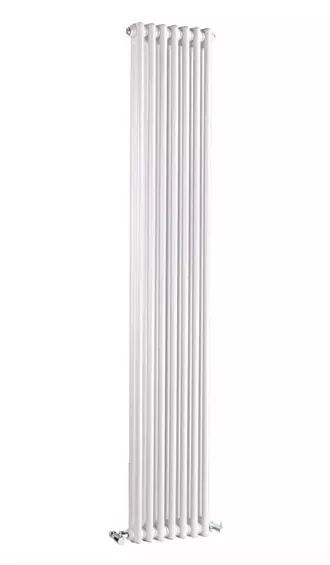
Radiator Tubular Steel Arbonia
The internal volume of fluid is relatively small, it makes it easier to adjust the heat transfer.
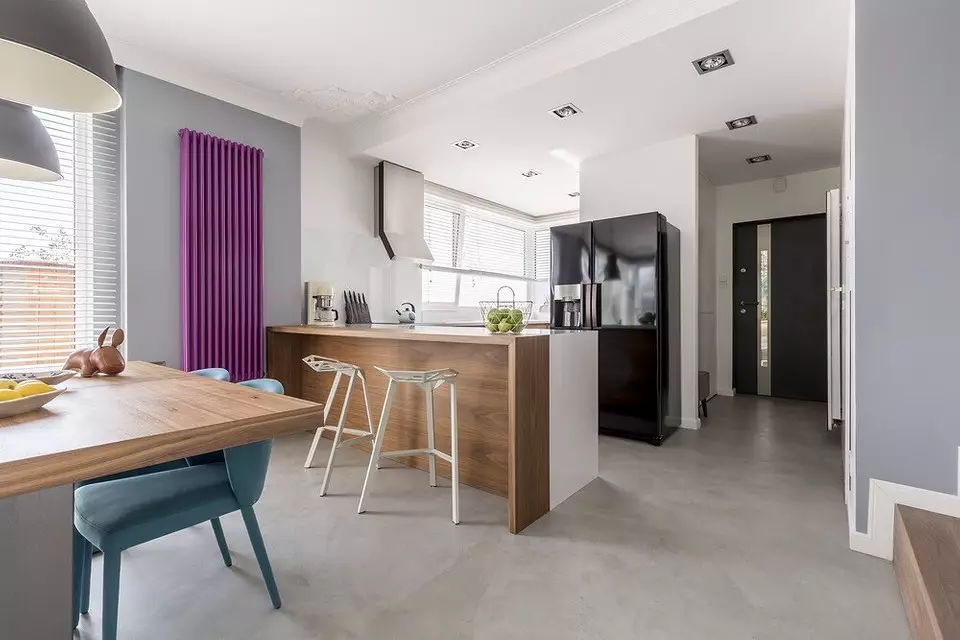
Panel
Between two ribbed sheets - panels are placed heating plates of the P-shaped form. The latter are collected in the ranks whose number can reach three. To transfer heat to the device, the principle of convection is used, which makes them quite effective. Well react to adjustments. Produced in the wall and ceiling option.
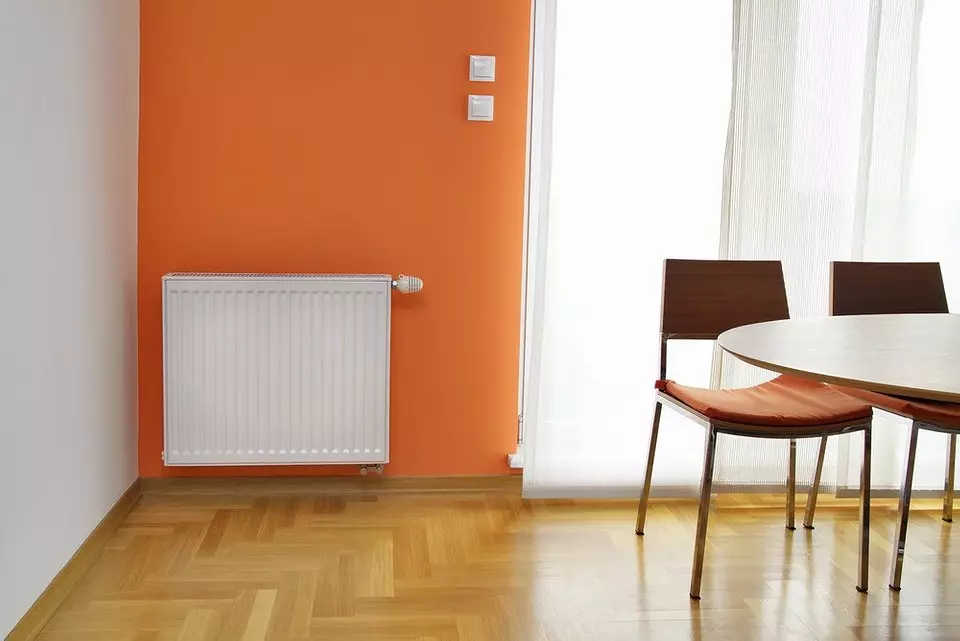
Selection criteria depending on the characteristics of heating radiator
Having become acquainted with the main characteristics of the equipment from different materials, you can start choosing. At the same time, you must consider at least three important points.1. Heat transfer
From how efficiently the heater gives heat, the expediency of its installation depends. Compare characteristics. One section gives such a quantity of heat depending on the material:
- cast iron - 100-160 W;
- aluminum - 82-212 W;
- Bimetal - 150-180 W.
Steel structures, both tubular and panel, give 1200-1600 W. It turns out that the most effective - aluminum devices, are slightly lagging behind them bimetallic, then steel and cast-iron. We must remember the inertia. Leaders are minimal. This means that they quickly heat up, however cool after stopping heating quickly. While the inertial cast iron will warmly warm and slowly cool, heating the room even after turning off the heat.
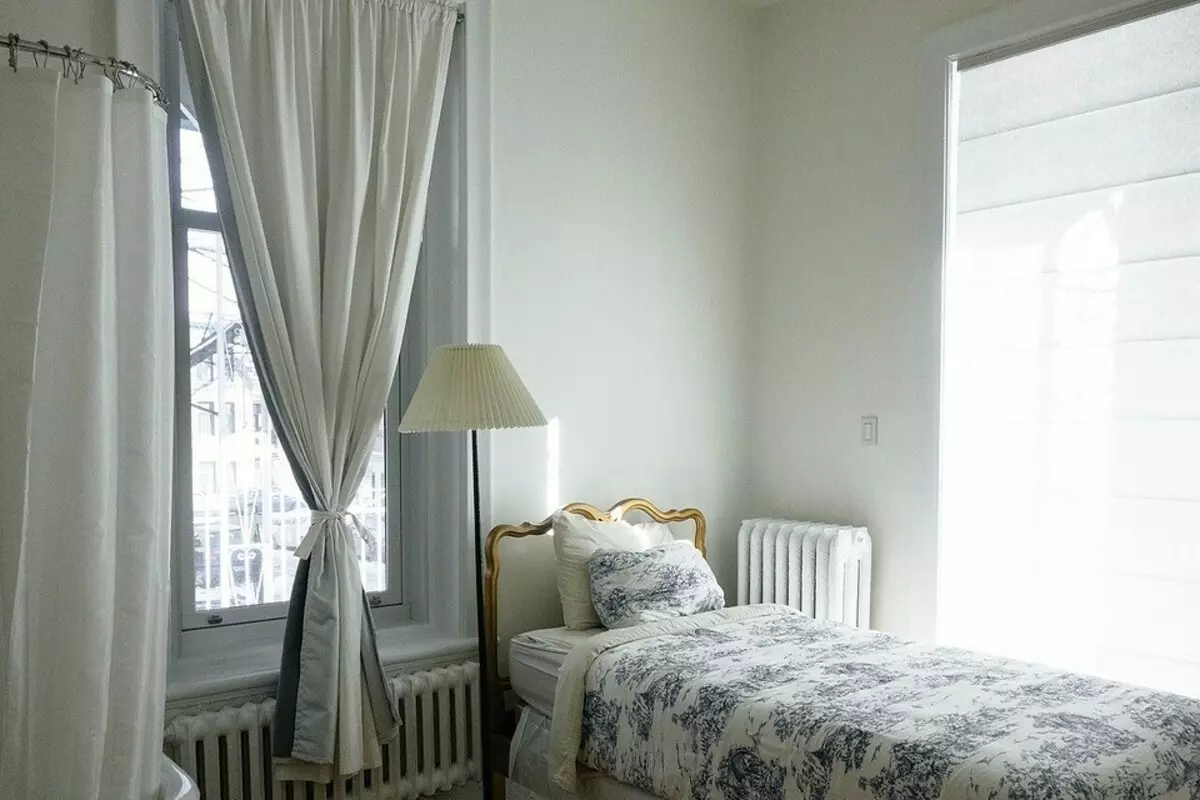
2. Durability and reliability
Depends on the material from which the battery is manufactured. The cast iron leads in this matter. It serves half a century and even more. Of course, this applies only to high quality products produced from good raw materials. This is true for standard sectional appliances and designer models.
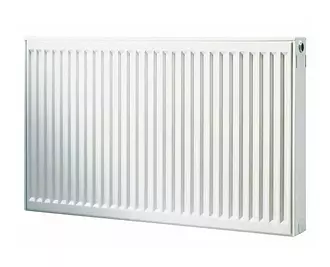
Radiator Panel Steel Buderus Logatrend K-Profil
The second place was divided bimetallic and steel structures. Their service life is up to 25-30 years. Aluminum are designed for 15-20 years. It should be understood that a lot depends on the correctness of the choice of equipment and the actual operating conditions. It would be strange to expect from aluminum established in the apartment of the highlation, which he will last long. Strong pressure and aggressive coolant will quickly lead it out. Reliability of products depends on the manufacturer. It is best to choose the product known in the market of companies that have proven themselves well. It is worth examining technical documentation, certificates. So you can make sure that the model you liked is not counterfeit, has a set of necessary technical specifications.
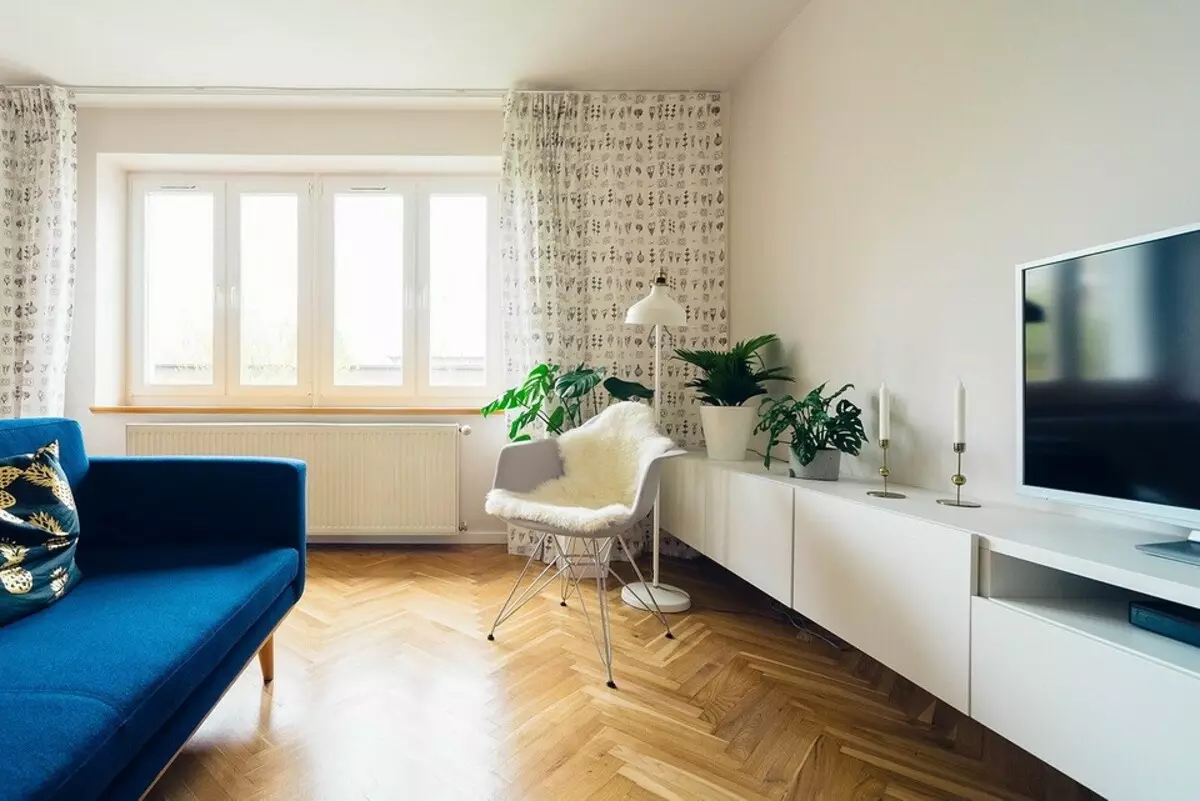
3. Connection type
There are four options suitable for different types of networks.
- Lower. Indispensable in the absence of vertical risers. Summing up and removal is below the device. If the pipes are recessed to the floor, the connection is carried out directly to the wiring.
- Top. Analogue of the lower with the difference that the connection is performed from above. At the same time, there is a risk of insufficient warming up the lower segment, therefore it is quite rare.
- Side. It assumes the installation of vertical risers, which are made of taps to batteries. The eyeliner is placed at the top, the removal is in the bottom. Meets most often.
- Diagonal. Looks like lateral, but there is a difference. The supply of the coolant is carried out at the top of the device, the removal - in the opposite lower. Such a diagram allows the battery evenly to warm even with a minimum amount of liquid.
An important nuance is the mid-scene distance. It must correspond to the supply pipes. This value is measured in millimeters, can change significantly depending on the model.
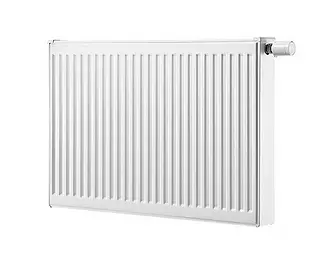
Radiator Panel Steel Buderus Logatrend VK-Profil
The decoration of heaters is different. Even budget models are attractive. The production technology allows you to paint them in different colors, if necessary, apply a drawing. Especially many original solutions among tubular steel and vintage cast iron models. The latter are both in wall and outdoor execution. There are heaters, the top of which serves as a bench or shelf.
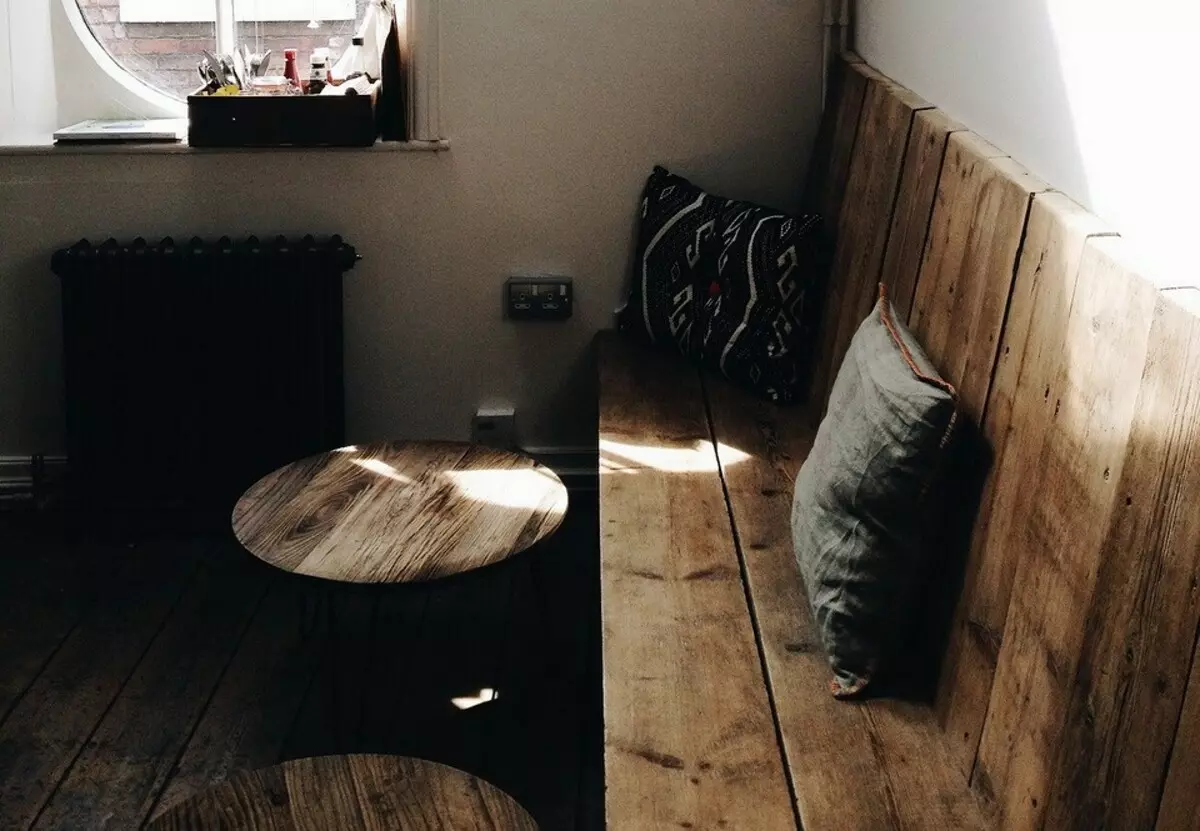
Criteria for choice depending on the type of heating system
The difference between autonomous and centralized heating is large. Consequently, heating elements should also be different. Let's start with the differences of the autonomous scheme.
- Low pressure on the network. The length of the network is small, therefore it does not require a significant pressure for the movement of fluid pipes. The possibility of hydroudar is excluded. The components of the circuit receive a small load, so for a private house, equipment with low pressure drops are chosen, including devices with thin walls.
- Small heat loss. The distance from the boiler to the batteries is small, the liquid does not have time to cool down slightly. It is good because the strong heating is not required, which means they save resources. But with an emergency, it is quite likely to cast a superheated coolant into the system. Consequently, thermal resistance is important for it.
- The possibility of moving. If the temperature in the rooms is lowered below zero, the liquid freezes, expands and breaks the pipes and heating elements. This is quite rare, but still a possible phenomenon. To prevent it in water, alcohol-containing additives is added or completely replaced with antifreeze-like compositions. This is permitted only for closed systems, otherwise toxic evaporation will appear in the air.
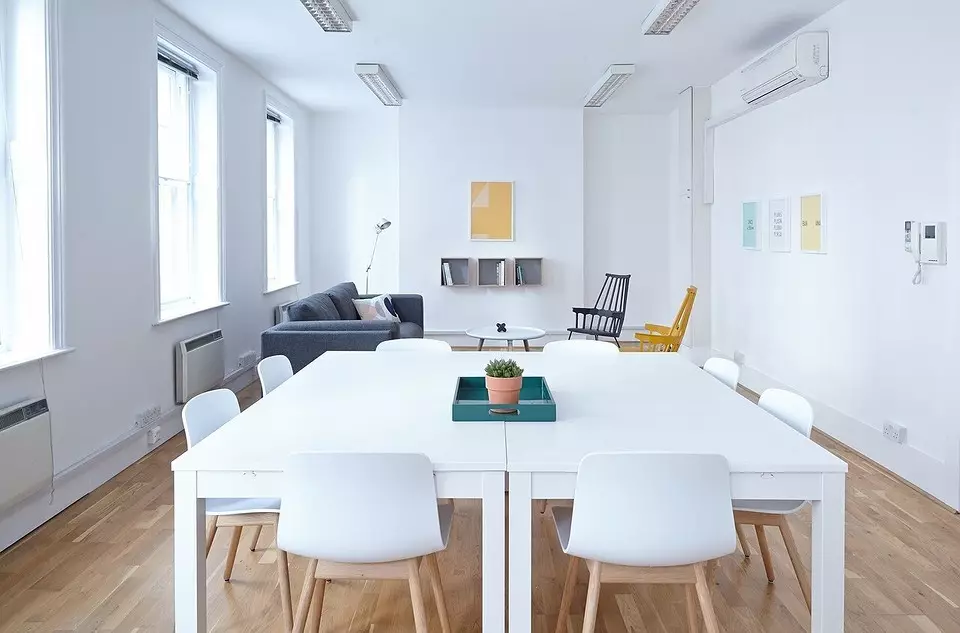
For centralized network, other features are characterized.
One-pipe scheme
It is used almost always. It implies a consistent connection of heating links. Plus, this scheme is only one - simplicity, and therefore low price. Minuses are much larger. It is practically no regulation. Because, breaking the water supply to one link, you stop feeding it into the rest. For normal operation of the network, it requires to pump as much as possible of preheated water per unit of time.
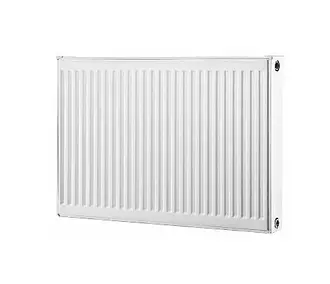
Radiator Panel Steel Buderus Logatrend K-Profil
For this you have to increase the pressure and temperature. Therefore, it is possible to use in a single-tube scheme only heaters designed for increased working pressure having small hydraulic resistance.Two-pipe system
It is deprived of the listed flaws.
In one pipe, the coolant is supplied, the second is given. Heaters are connected to these pipes in parallel, it is necessary to work with it with a smaller pressure. That's just for apartments, the two-pipe scheme is chosen rarely. Basically for newly built or capitally renovated buildings.
Regular liquid drain
In the West, water from the heating system does not merge. In Russia, this happens completely and close by, especially with the onset of summer - the repair season and the prevention of heating pipelines. For batteries it is harmful. The process of corrosion on a wet inner surface in contact with air is an order of magnitude faster. Add a high content of oxygen in aqueous filling, rigidity and abnormal acid pH. Hence it becomes clear that only equipment with increased corrosion resistance can be selected, calculated on the widest range of pH values.Hydraulic blows
Abroad, the maternity hosts protect the network from hydraulic blows. For example, its launch (inclusion of circulation pumps) is carried out through converters that allow smoothly to increase the pressure. In Russia, such converters rarely set. Usually the switch is turned on, the circulation pump immediately gives its power. The result is the so-called hydraulic blow that can destroy the radiator not designed for it. This is only one cause of hydraulic impacts. They are used for a variety of reasons. It means that when choosing equipment, it is necessary to pay attention not only to the working pressure, but also on the pressure at which the crimping is undergoing. Than both of the indicator above, the higher the reliability. For devices installed in high-rise buildings, the working pressure must be no less that you will be called in the local desa. Given these features, cast-iron and bimetallic devices are acquired for centralized network, for autonomous aluminum and steel.
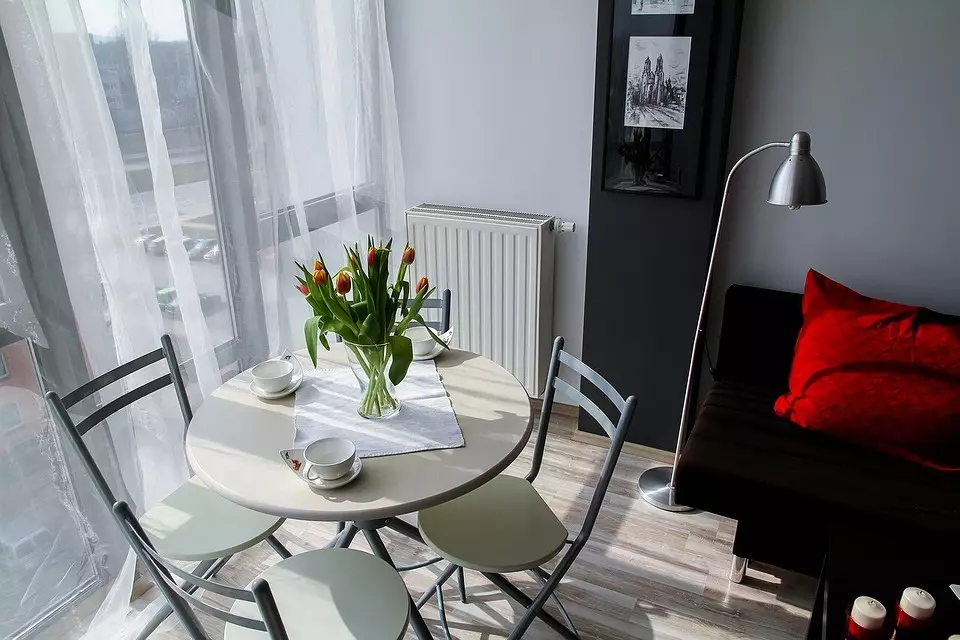
Significant criteria will be prompted which heating radiator is better to choose. These prices depend on different factors. Among them is the manufacturer, quality, design, etc. Do not mindlessly save. The products of an unknown company called "on the knee" can be pleased with the price. However, last long. Moreover, the accident with unpleasant consequences can happen in the midst of the heating season.
